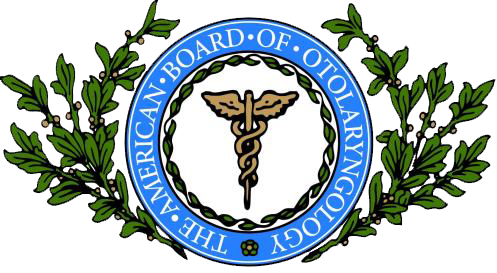
Deviated Septum
Deviated Septum – About
Estimates are that 80 percent of all nasal septums are off-center, a condition that is generally not noticed. A “deviated septum” occurs when the septum is severely shifted away from the midline. The most common symptom from a badly deviated or crooked septum is difficulty breathing through the nose. The symptoms are usually worse on one side, and sometimes actually occur on the side opposite the bend. In some cases the crooked septum can interfere with the drainage of the sinuses, resulting in repeated sinus infections.
Deviated Septum – Diagnosis
Patients with chronic sinusitis often have nasal congestion, and many have nasal septal deviations. However, for those with this debilitating condition, there may be additional reasons for the nasal airway obstruction. The problem may result from a septal deviation, reactive edema (swelling) from the infected areas, allergic problems, mucosal hypertrophy (increase in size), other anatomic abnormalities, or combinations thereof. A trained specialist in diagnosing and treating ear, nose, and throat disorders can determine the cause of your chronic sinusitis and nasal obstruction.
Your First Visit: After discussing your symptoms, the primary care physician or specialist will inquire if you have ever incurred severe trauma to your nose and if you have had previous nasal surgery. Next, an examination of the general appearance of your nose will occur, including the position of your nasal septum. This will entail the use of a bright light and a nasal speculum (an instrument that gently spreads open your nostril) to inspect the inside surface of each nostril.
Surgery may be the recommended treatment if the deviated septum is causing troublesome nosebleeds or recurrent sinus infections. Additional testing may be required in some circumstances.
Deviated Septum – Treatment
Septoplasty is the surgical treatment to correct a deviated septum. Septal deviations commonly occur due to nasal trauma or are congenital.
Septoplasty: Septoplasty is a surgical procedure performed entirely through the nostrils, accordingly, no bruising or external signs occur. The surgery might be combined with a Rhinoplasty, in which case the external appearance of the nose is altered and swelling/bruising of the face is evident. Septoplasty may also be combined with sinus surgery.
The time required for the operation averages about one to one and a half hours, depending on the deviation. It is usually done under general anesthetic on an outpatient basis. After the surgery, soft nasal splints are left in place to allow proper healing, and are typically removed on day 3 or 4.

Conditions Treated
Follow us


Your Health Starts Here
"*" indicates required fields
